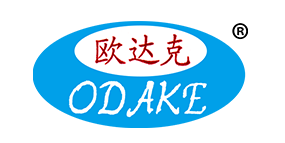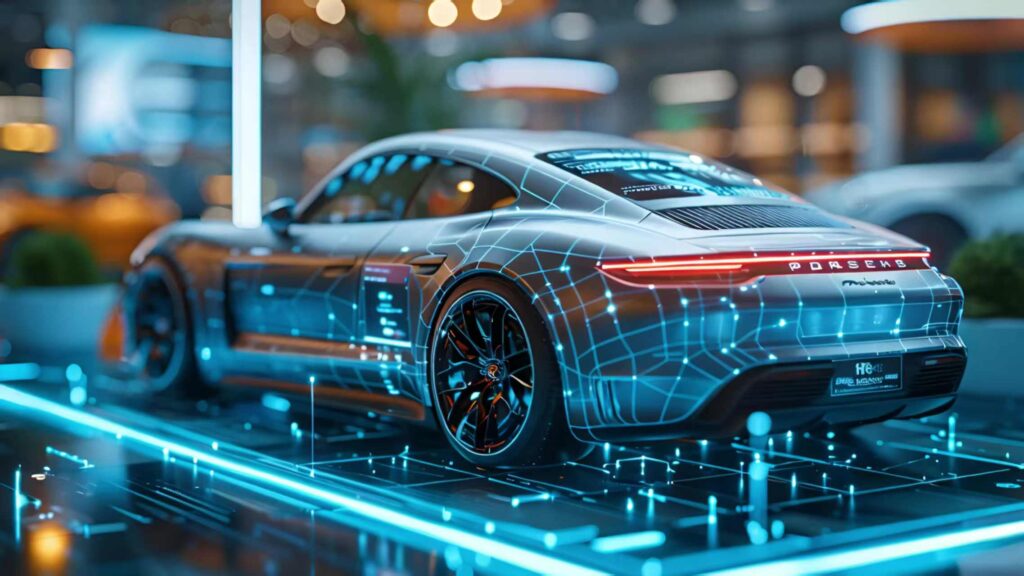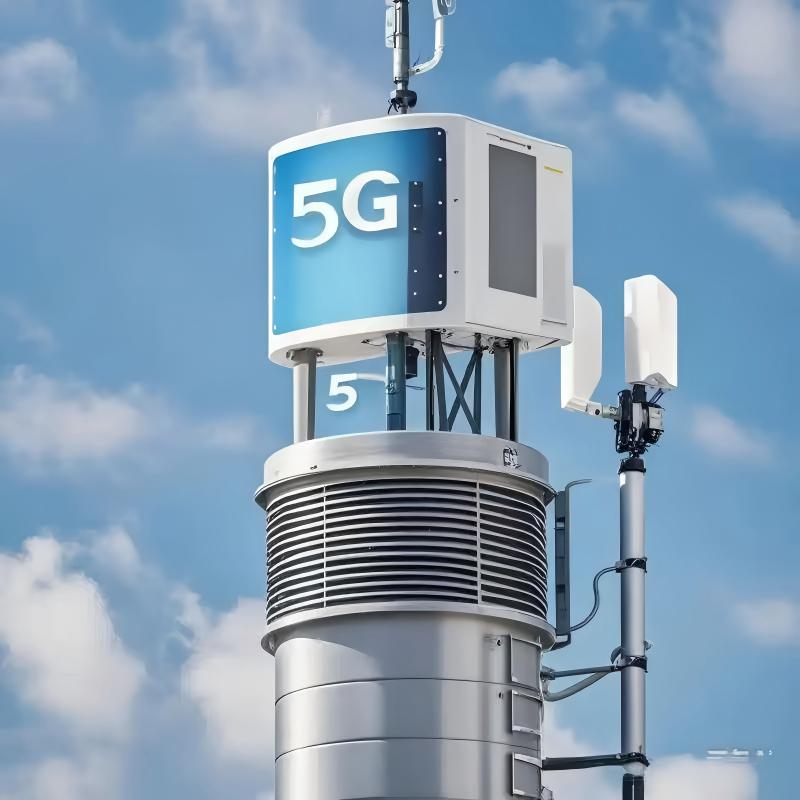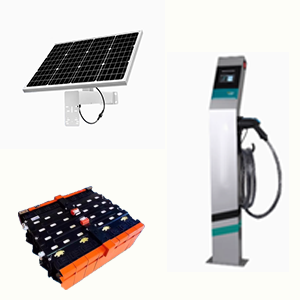The adhesive industry is undergoing a significant transformation as UV curing adhesives continue to gain popularity across a wide range of sectors. From electronics to automotive, medical devices, and even consumer goods, UV adhesives are revolutionizing bonding processes with their speed, strength, and environmental benefits. In this post, we’ll delve deeper into the core advantages, diverse applications, and emerging trends shaping the future of UV adhesives in 2025 and beyond.
What are UV Adhesives?
UV adhesives are specialized bonding agents that cure quickly when exposed to ultraviolet (UV) light. These adhesives contain photo-initiators that react when exposed to UV rays (typically in the 365nm or 395nm wavelength range), hardening within seconds. Unlike traditional adhesives that rely on air drying or heat, UV adhesives provide instant bonding with high precision, making them ideal for fast-paced production environments and complex applications.
Top Benefits of UV Adhesives
1. Instant Curing for Streamlined Manufacturing
The most significant advantage of UV adhesives is their ability to cure in just seconds when exposed to UV light. This instantaneous curing reduces production time significantly, allowing manufacturers to accelerate workflows, enhance automation, and increase overall productivity. In industries like electronics and automotive, where time is money, this feature is especially valuable.
2. Superior Bond Strength and Durability
Once cured, UV adhesives create a strong, permanent bond. The hardened adhesive forms a 3D cross-linked structure, offering high resistance to various physical and environmental stressors. Key performance characteristics include:
Tensile and shear strength for durable joints
Temperature resistance from -40°C to 150°C
Chemical resistance, ensuring long-term stability
Excellent weathering resistance and anti-aging properties
This makes them ideal for applications requiring long-lasting, high-performance bonds.
3. Eco-Friendly and Safe
Most UV adhesives are solvent-free, meaning they don’t release harmful volatile organic compounds (VOCs) into the environment. The absence of solvents also means there are no issues related to shrinkage or bubbling, making them a greener alternative compared to conventional adhesives. Additionally, since UV adhesives do not require additional heating or long drying periods, they reduce energy consumption, supporting sustainable manufacturing practices.
4. Aesthetic Transparency
Many UV adhesives cure into a crystal-clear finish, making them ideal for applications requiring optical clarity. Their high transparency and resistance to yellowing over time make them perfect for bonding glass, display panels, and jewelry where appearance matters. The adhesive won’t compromise the look of delicate products, ensuring long-lasting beauty and clarity.
5. Broad Material Compatibility
One of the standout features of UV adhesives is their ability to bond to a wide range of materials, including:
Glass (perfect for electronics or decorative items)
Plastics (such as PC, PMMA, acrylics)
Metals
Ceramics
Composites
This versatility opens up a wide range of applications across multiple industries, offering a one-size-fits-all solution to complex bonding challenges.
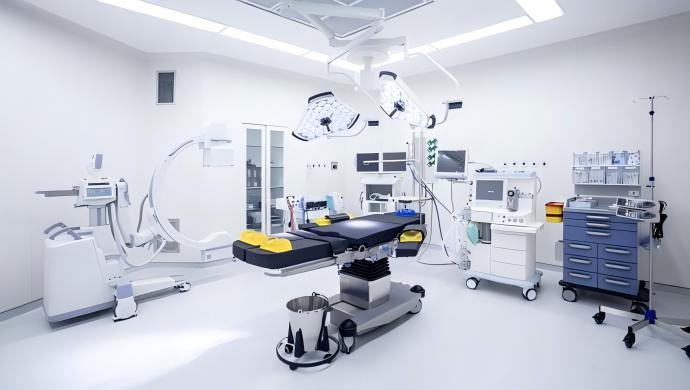
Key Applications of UV Adhesives Across Industries
1. Electronics and High-Tech Devices
In the electronics industry, UV adhesives are used extensively in the bonding of displays, sensors, circuit boards, and camera modules. These adhesives provide reliable bonding that resists moisture, shock, and high temperatures—critical factors for high-performance consumer electronics.
Display Laminating: UV adhesives are widely used for OLED and LCD lamination, providing clear, strong bonds that improve the structural integrity of display units.
Encapsulation of Components: UV adhesives are ideal for encapsulating delicate components like sensors, microchips, and LEDs, ensuring protection from environmental damage.
2. Medical Devices
In the medical sector, UV curing adhesives are used for applications such as catheter bonding, wound dressing, and surgical tool assembly. UV adhesives offer the following advantages in medical device manufacturing:
Sterile, fast-curing bonding that meets biocompatibility standards (such as ISO 10993).
Precision bonding for small, delicate medical instruments.
Improved safety for sensitive medical applications, ensuring strong bonds that resist harsh sterilization processes.
3. Automotive & Aerospace
UV adhesives are increasingly used in automotive and aerospace applications for bonding components like headlights, glass windows, and composite parts. Their resistance to UV light, weathering, and vibration make them ideal for bonding automotive and aerospace parts that are exposed to extreme environmental conditions.
Exterior Sealing: UV adhesives provide a durable seal for automotive parts, preventing water, dust, and air leakage.
Composite Bonding: In aerospace, UV adhesives are used to bond lightweight composite materials, enhancing fuel efficiency and reducing overall weight.
4. Consumer Products & DIY Crafts
UV adhesives are also favored in the consumer products sector. Whether you’re repairing broken glassware, bonding jewelry pieces, or creating DIY crafts, UV adhesives offer:
Precision and fast curing for intricate designs.
Clear, strong bonds that are visually unobtrusive, ensuring the final product is sleek and professional.
Easy to use for non-experts, making them perfect for hobbyists and DIY enthusiasts.
Future Trends in UV Adhesive Technology (2025 and Beyond)
1. Low-Energy UV Curing
A major trend in UV adhesive development is the shift toward low-energy UV curing. With the advent of UV LED technology, new adhesives are being formulated to cure under lower-energy UV light sources. This trend not only reduces the cost of curing but also improves energy efficiency, making UV adhesives even more sustainable.
2. Flexible and Stretchable UV Adhesives
With the rise of flexible electronics, wearables, and soft robotics, UV adhesive manufacturers are now focusing on developing stretchable, flexible formulations. These adhesives can withstand repeated bending, stretching, and compression, making them ideal for wearable devices, smart textiles, and soft electronics.
3. Dual-Cure UV Adhesives
Dual-cure systems are also becoming more prevalent. These adhesives cure in two stages—once under UV light and then via moisture or heat. This technology is a solution to the problem of UV shadowing (areas that are not exposed to light), ensuring a uniform cure even in hard-to-reach spots.
4. Smart UV Adhesives
The next frontier in UV adhesive technology involves smart adhesives that change properties in response to external stimuli such as temperature, humidity, or stress. These adaptive adhesives could provide enhanced functionality for industries like aerospace, medical, and automotive, where conditions constantly change.
Conclusion: Why UV Adhesives are the Future of Bonding
UV adhesives are quickly becoming the go-to bonding solution across industries due to their speed, strength, eco-friendliness, and versatility. Whether in electronics, medical devices, automotive, or even consumer goods, UV adhesives deliver the high-performance bonds that are essential for modern manufacturing. As innovation continues, UV adhesives are expected to evolve, with new advancements opening up more possibilities for manufacturers and product designers in 2025 and beyond.
At Hexu Xinwang Adhesive Co., Ltd., we’re committed to delivering the most advanced UV adhesive solutions to meet the growing demands of various industries.
Contact us today to learn more about our products or request a sample!
📞 Customer Service: +86-769-81617120 / 30
🌐 Website: https://usodake.com/about-us/
📍 Address: Humen, Dongguan, China
